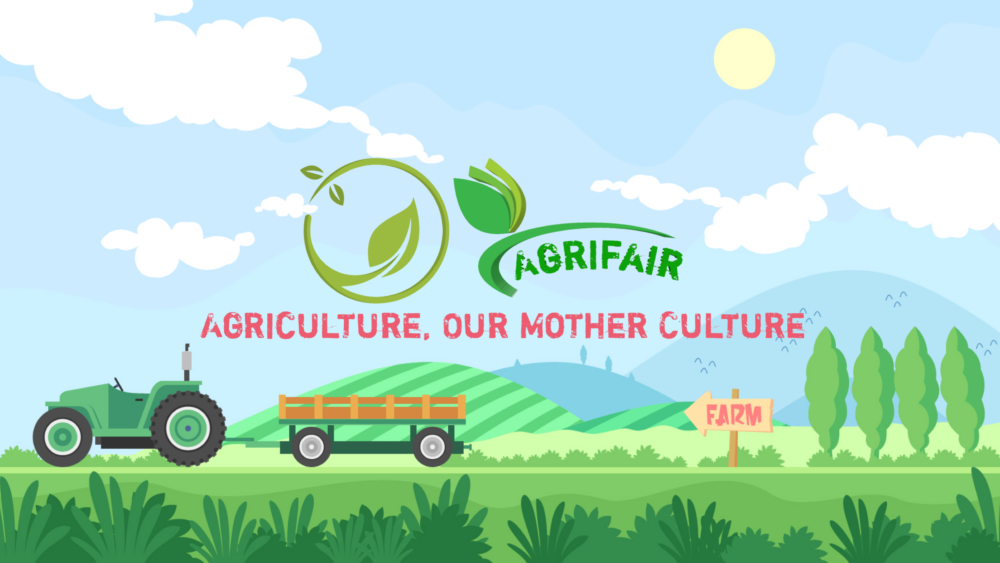Cultivation: A Journey Through the Different Methods of Growing Crops
Cultivation is the art and science of growing crops, and it is one of the oldest and most fundamental human activities. From ancient times to the present day, humans have been experimenting with different methods of cultivating crops, in order to increase yields, reduce waste, and improve the quality of their food.

Intro
One of the earliest and most traditional methods of cultivation is soil-based agriculture. In this method, crops are grown in soil, using natural sunlight and rain, or supplementary irrigation. Soil-based agriculture is still the most widespread method of growing crops, and it is used in many regions of the world, from small family gardens to large commercial farms.
However, traditional soil-based agriculture is not without its limitations. Soil degradation, water scarcity, and other environmental challenges are making it increasingly difficult for farmers to grow crops using this method. To overcome these challenges, new methods of cultivation have been developed, such as hydroponics, aeroponics, and aquaponics.
Types of cultivation
There are several types of cultivation methods used in agriculture, including:
Traditional soil-based cultivation:
This is the most traditional and widespread method of growing crops, where plants are grown in soil and receive nutrients from the soil and from added fertilizers.
Hydroponics:
This is a method of growing plants without soil, using a nutrient-rich water solution instead. Hydroponics can be used to grow crops in controlled and sustainable environments, and is particularly useful in areas with limited land availability, soil degradation, and water scarcity.
Aeroponics:
This is a method of growing plants without soil or a traditional growing medium, using a mist of nutrient-rich water instead. Aeroponics can be used to grow crops in highly efficient and sustainable environments, and is particularly useful in urban areas and for vertical farming.
You may like this Saguna Rice Technique
Aquaponics:
This is a combination of hydroponics and aquaculture, where fish and plants are grown in a symbiotic relationship. Fish waste provides nutrients for the plants, and the plants help to clean the water for the fish.
Organic farming:
This is a method of farming that uses natural and sustainable practices, such as crop rotation, composting, and biological pest control, to grow crops. Organic farming is focused on reducing the use of chemical fertilizers, pesticides, and other harmful substances.
Mono-cropping:
This is a method of farming where a single crop is grown on a large scale, typically using large amounts of fertilizers, pesticides, and other inputs. Mono-cropping is often used in industrial agriculture, but can lead to soil degradation, loss of biodiversity, and other negative environmental impacts.
You may like this Classification of Farmers in India
conclusion
In conclusion, cultivation is a journey that has taken us from the earliest methods of soil-based agriculture to the most innovative and sustainable methods of growing crops, such as hydroponics, aeroponics, and aquaponics. Whether you are a farmer, a gardener, or just someone who cares about the environment and sustainable food production, cultivation is a fascinating and exciting field to explore.




Pingback: Organic Farming: Embracing a Holistic Approach to Agriculture for a Better Future - AgriFair